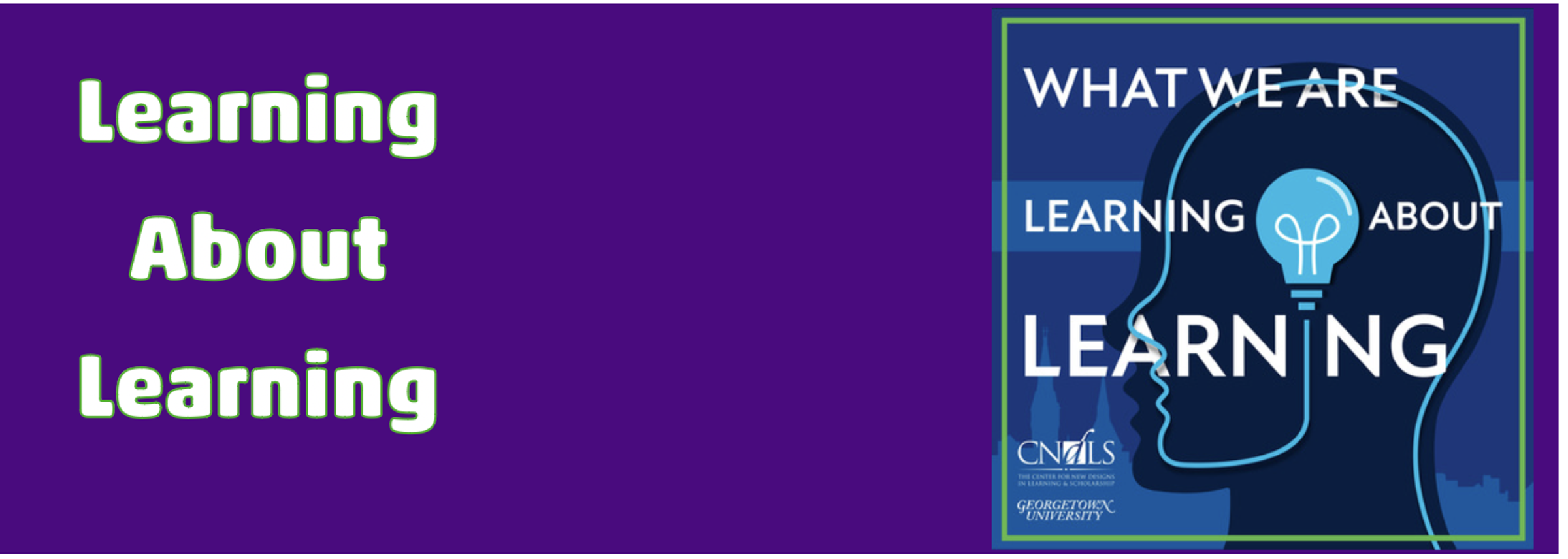Learning About Learning:

Teaching Hope – Growing Stronger Together
At Western Heights, we believe in the power of hope—not just as a feeling, but as a skill that can be taught, nurtured, and strengthened in every child.
Hope is more than positive thinking. It’s about setting goals, finding pathways to achieve them, and staying motivated through setbacks. And the good news? Hope can be learned—and our school can play a vital role in helping our children develop it.
So how do we teach hope?
Here are the key focus areas we’re encouraging in our classrooms:
⸻
1. Goal-Setting Skills
Our children learn how to set clear, meaningful goals—goals that are realistic, specific, and personal. Our teachers guide students to:
• Set short-term and long-term goals in both learning and life.
• Break big goals into smaller, manageable steps.
• Celebrate progress to build confidence and momentum.
Hope begins when a child says, “I'm sure I can do this, and here’s how I’ll try.”
⸻
2. Pathways Thinking – Finding the “How”
It’s not enough to set goals—we help our children to think of different ways to reach them. If one way doesn’t work, we try another.
Our teachers :
• Encourage problem-solving and flexible thinking.
• Use open-ended questions like “What else could you try?”
• Help children brainstorm multiple solutions to challenges.
Pathways thinking builds resilience—it teaches kids they are never truly stuck.
⸻
3. Agency and Self-Belief
Our children are taught to believe they can influence their outcomes.
Our teachers play a powerful role in:
• Encouraging a growth mindset: praising effort over outcome.
• Using language like, “You’re not there yet” to reinforce persistence.
• Creating a classroom culture where mistakes are learning moments.
When children believe in themselves, hope flourishes.
⸻
4. Emotional Regulation and Reflection
Tough times can cloud a child’s sense of hope. Teaching emotional resilience and self-awareness helps our children:
• Recognise and name their feelings.
• Learn calming strategies (e.g., breathing, mindfulness, movement).
• Reflect on past struggles they’ve overcome to build future confidence.
Hope grows when children know they’ve made it through hard times before—and can do it again.
⸻
5. Positive Relationships and Belonging
Relationships are the foundation of hope. A child who feels safe, seen, and supported will likely persevere.
Our teachers:
• Build strong, trusting relationships with each child in their care.
• Use class circles or daily check-ins to build whānau and connection.
• Show unwavering belief in every child’s potential—even when they can’t see it yet.
Sometimes hope starts because someone else holds it for us until we’re ready.
⸻
Bringing it All Together:
Our children face a complex world—but when we teach them how to set goals, stay flexible, believe in themselves, manage emotions, and build strong connections, we are equipping them with the most powerful tool of all: hope.
By working together—teachers, whānau, and our community—we build a hopeful future for every child at Western Heights because hopeful children become strong, kind, determined adults.
